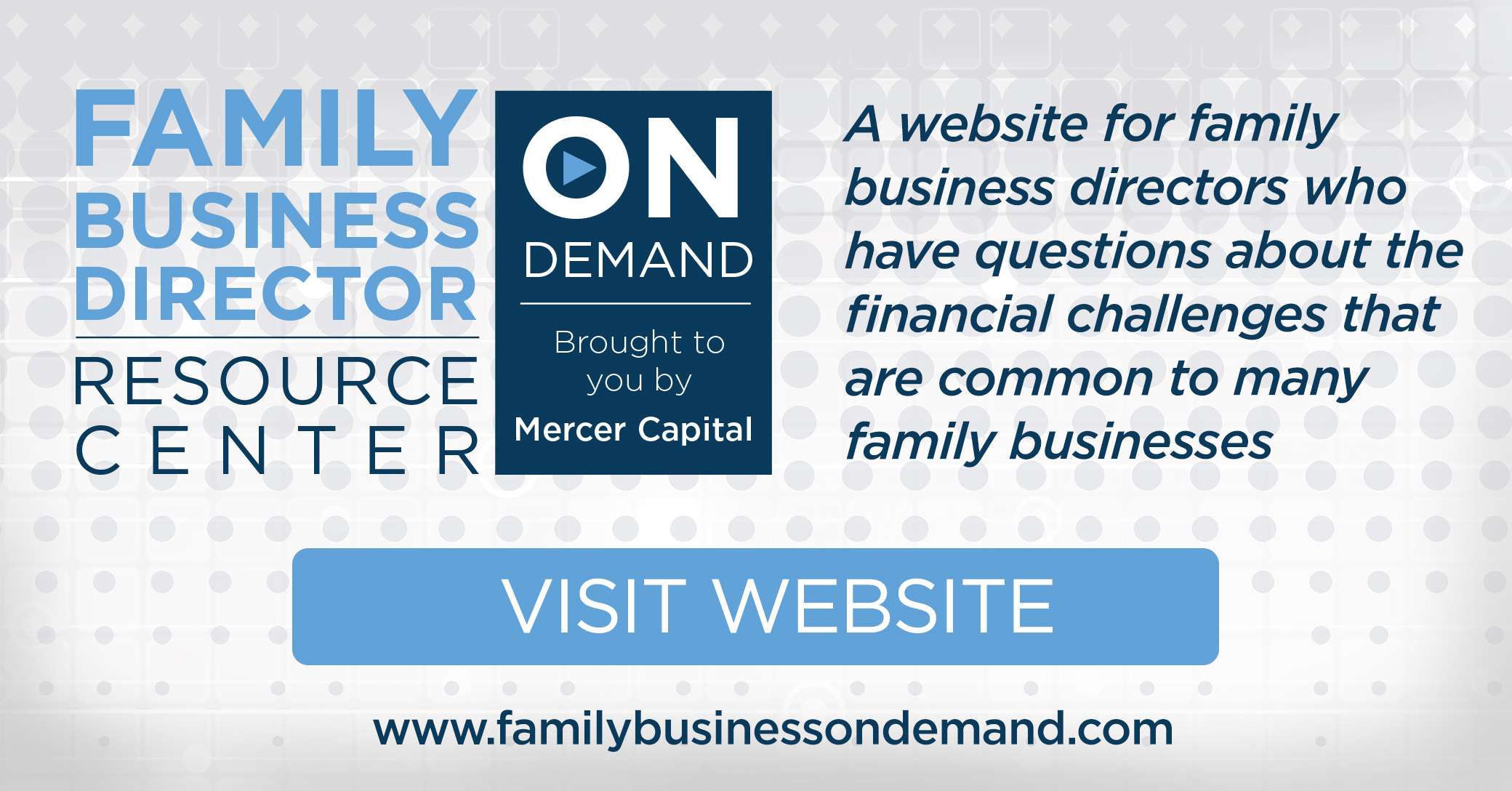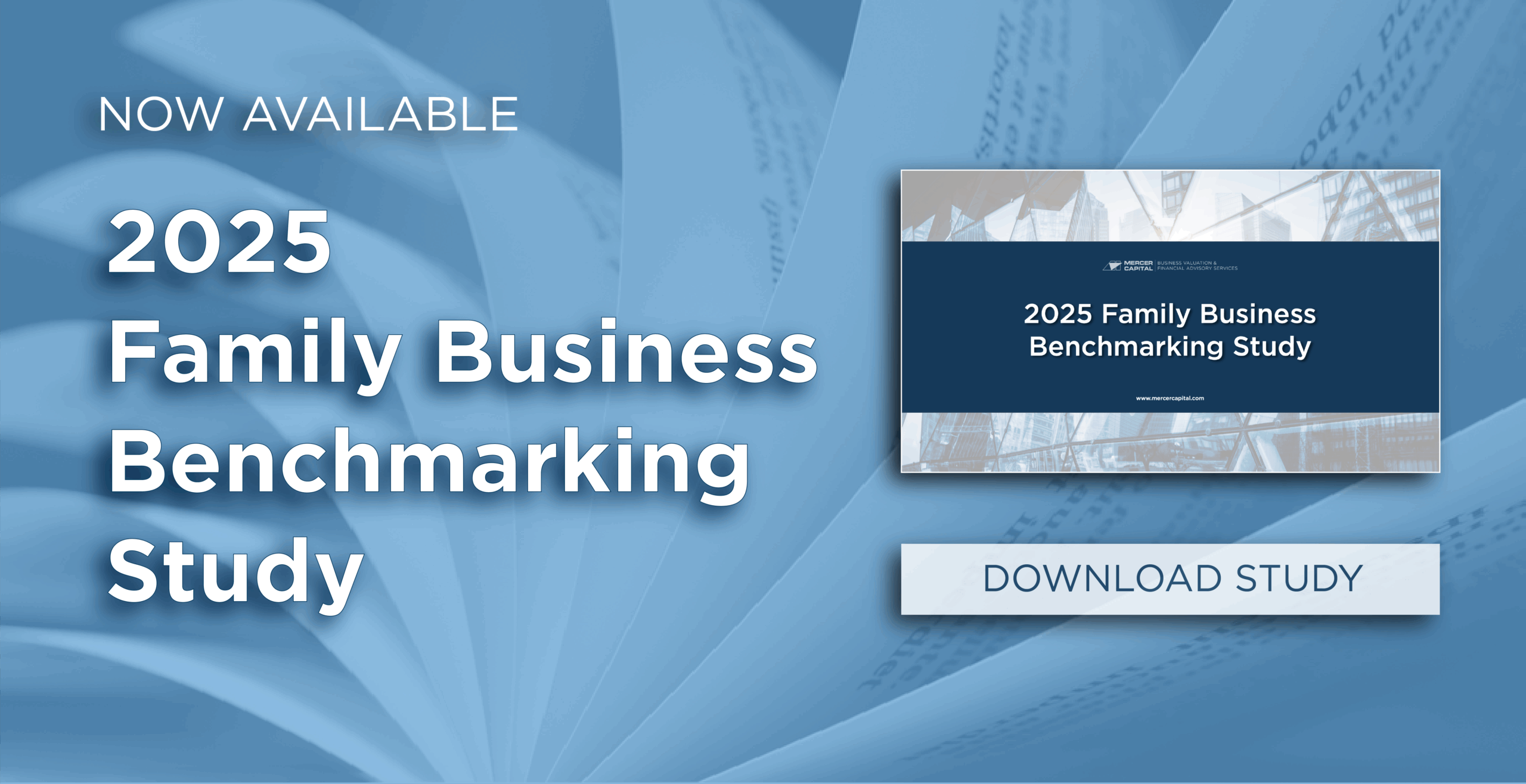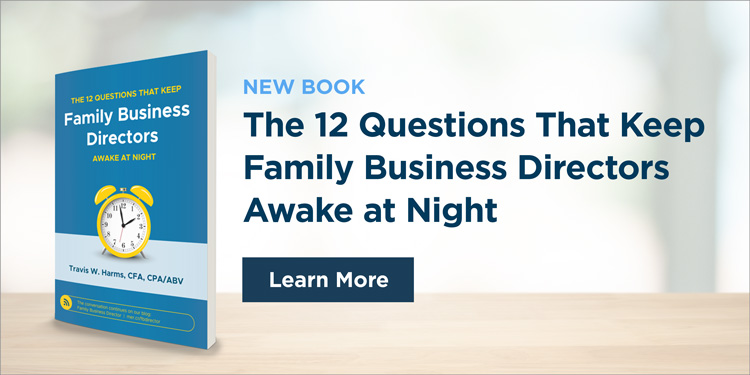How does someone align the goals of the family with their business? This post looks at a few practices I picked up in my family’s business, and ones we still practice.
Blog
Family Business Director
Corporate Finance & Planning Insights for Multi-Generational Family Businesses
Financing Options Abound for Family Businesses in 2021
Barring a change in the economic backdrop, as uncertain as it is, the availability of debt financing for most family businesses in 2021 is good. Further, the cost of credit will be low and most likely the terms will be lenient by historical standards.
All EBITDA Is Not Created Equal
EBITDA promotes comparability across firms by “normalizing” for structural features of how those companies are organized, financed, and assembled. This is best seen by considering the various adjustments to net income that are made to arrive at EBITDA.
Navigating Tough Family Business Conversations
A Family Business Journey
Getting bad business news from a third party or professional colleague often stings. Hearing the same thing from your mother? Well, we’ll leave that to the imagination. Trusted third parties or intermediaries often can blunt other complex familial layers and limit the discussion to the business at hand, making tough conversations manageable. Not easy, but manageable.
Diversification and the Family Business
The Family Business Director To-Do List
The tyranny of the urgent imposes itself on family business directors just as it does on everyone else. In this series of posts, we offer various to-do lists for family business directors. Each list will relate to a particular family business topic. The items offered for consideration will not necessarily help your family business survive the next week, but instead reflect priorities for the long-term sustainability of your family business.
Should You Diversify Your Family Business?
The intersection of family and business generates a unique set of questions for family business directors. We’ve culled through our years of experience working with family businesses of every shape and size to identify the questions that are most likely to trigger sleepless nights for directors. Excerpted from our recent book, The 12 Questions That Keep Family Business Directors Awake at Night, we address this week the question, “Should We Diversify?”
A 2021 Estate Planning Reader
While we are not political prognosticators, the recent Senate runoff results appear to have given new life to the Biden Administration’s tax policy goals. Numerous publications have written about the Biden Administration’s tax plan and do not want to duplicate them here. However, we want to take the opportunity to highlight other thought leaders we are reading and what family business owners should be thinking about given recent political developments.
6 Valuation Principles Family Business Directors Should Know in 2021
Family business directors will make plenty of difficult decisions in 2021, and many of those decisions will require assessing the value of the company’s shares, a particular business segment, or a potential acquisition target. What should you and your fellow directors know about valuation? In our experience, there are six basic valuation principles that can guide directors as they make tough valuation-related decisions in the coming year.
Taking Stock: Thinking About the Pieces of Your Family Business
Returns, Growth & Risk
In this week’s post, we conclude our series on taking a year-end strategic inventory in your family business. Family business directors and managers need to think like a chess player when thinking about different business units within the company. What are they capable of individually, and how do they work together?
Taking Stock: An Asset Class Checklist
Last week, we introduced a series of posts about taking a strategic inventory of the assets of your family business. As the calendar turns to December and 2020 (thankfully!) comes to an end, it is an appropriate time for family business directors and managers to take stock of just where their family business is at this stage in the pandemic. Doing so can help give needed context to discussions about where the family business should be headed.
We tend to think of a family business’s primary assets under seven broad headings. In this week’s post, we offer a checklist for directors and managers.













